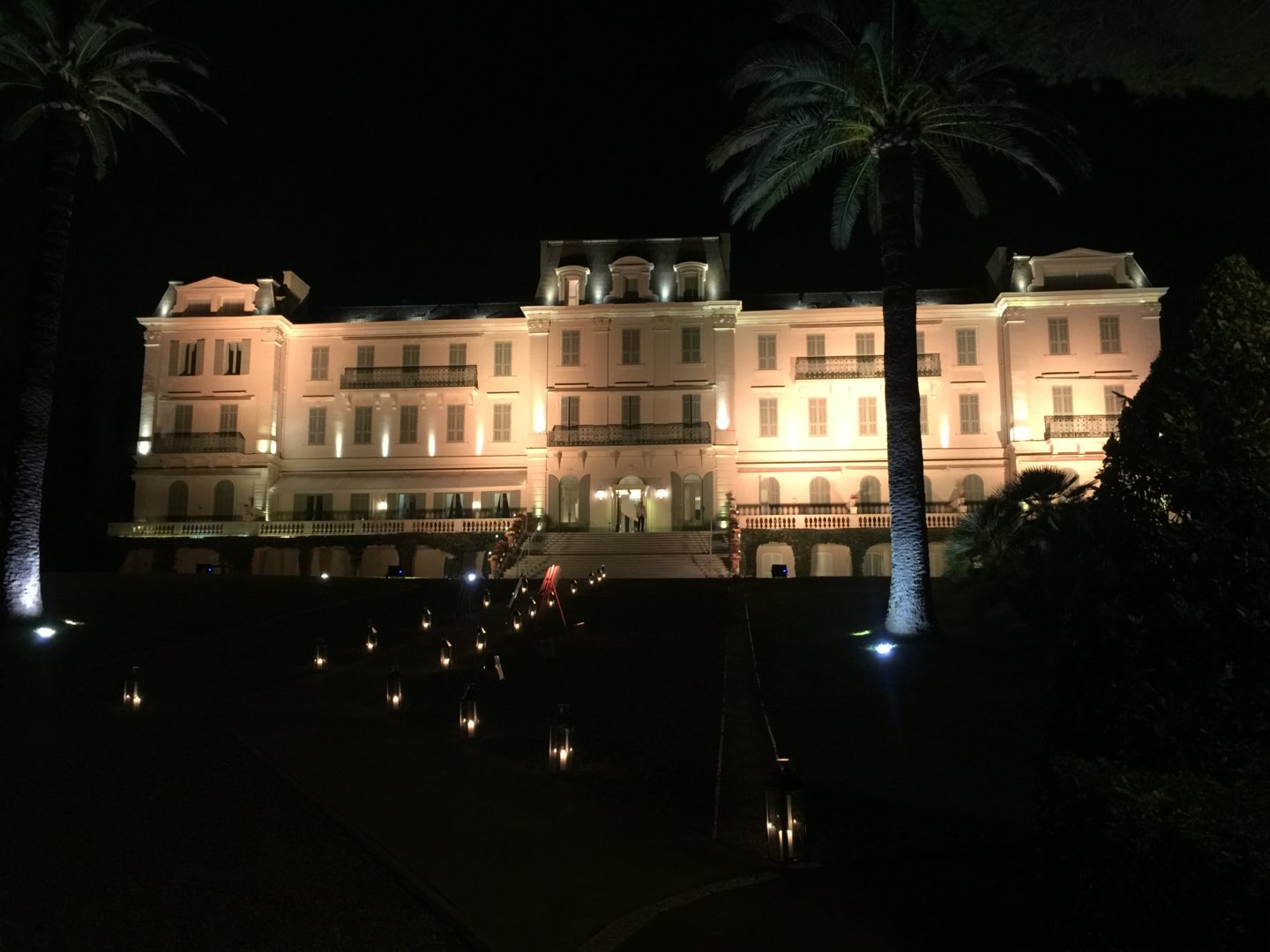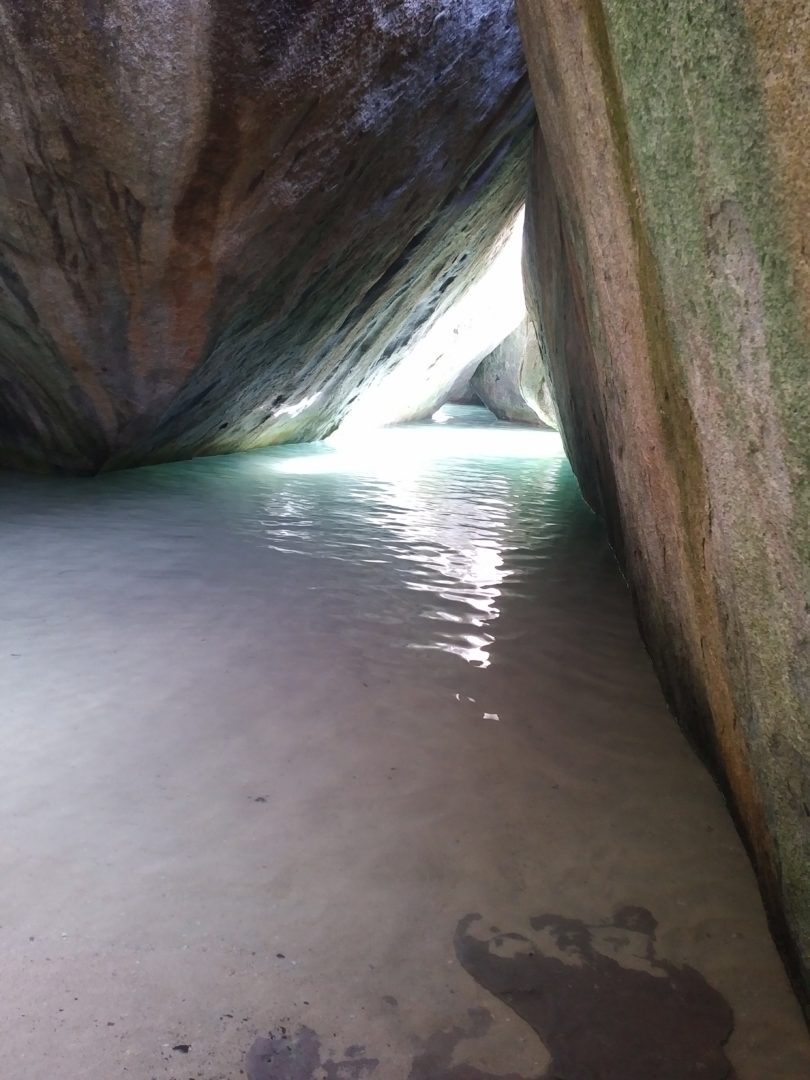A visit to Vacheron Constantin’s Headquarters
When I received the invitation to visit Vacheron Constantin’s headquarters, I felt like pinching myself…
I have written several times how grateful and lucky I feel with all the opportunities that my work and the blog are bringing to me…
So many exquisite people I meet and places I visit… this invitation was just another one of these examples…..
A lifetime experience….
Vacheron Constantin Headquarters is situated in the outskirts of Geneva in a region called Plan-les-Ouates…
I had never visited the region before and my first impression was that I was not in Switzerland…. As the driver drove past the buildings, I realised that this was not an industrial area as any other… Actually the buildings reflected the modernity of the brands they represented. Amazing modern glass structures, open and large plans…. Stunning architecture. The area is built to demonstrate the power of the luxe industry… It is Swiss, it is low profile but very wealthy…
Vacheron Constantin was no different. As I arrived at the entry I quickly realised the brand’s presence and the imposing of its facade.
http://www.vacheron-constantin.com/en/home.html


As we arrived… I was one of the few bloggers invited to the visit, we were explained how the visit would take place and what we would be able to see.
I don’t know about you but prior to this visit, every time I looked at these amazing watches I honestly did not realise how many hours of work each one of them can take… Some take months and months to be designed, developed and assembled. All are hand made from scratch… Less than 25,000 pieces are made by Vacheron Constantin every year….
Initially we were taken to the decoration room, where we were demonstrated how the machinery is put together… The process behind of the assembling of each watch, as the size, weight and appearance will differ in accordance to the amount of complications the watch will have…

A note on complications… A basic watch shows the time…. Hour, minutes and seconds…. Anything more than that is considered to be a complication…. So when we look at the watch and see the day, this function had to be adapted to the machinery and it has an impact in the overall functionality of the watch…. Therefore, the more you add, such as the lunar calendar, timezones or etc, the more that needs to be integrated to the box of the watch and more pieces that need to be put together…. this impacts on size, weight, time spent and obviously in the price.
Needless to say, the more you have on the watch, the more time you spend to build it, the more expensive it gets….
At the decoration room we were shown microscopic screws… Yes you read it right, they are so small that the normal eye cannot see the pieces and the watch makers can only place them under a microscopic use…. the precision has to be absolute and there is no space for a mistake.
Further, we were taken to the Enamel room…
Enamel is a technique to cover the metal dial of the watch with a glass painting. The chemical reaction of the painting at high temperatures brings to the piece exquisite colours. The enamel designer can create a theme to the watch and draw and paint it accordingly.
I was able to try it myself and it is a quite hard exercise. First because the right amount of paint needs to be applied to the dial and it needs to be placed homogeneously so that when the piece goes to the oven the colour comes out perfectly… As I was doing it I noted that my hands were either to soft or too heavy… I needed a lot of practice…. The piece to paint is quite small and most of the artisans paint with a camera connected to it so that they can see their work through a screen.


Just next to the enamel area, there was the artisan who was placing diamonds into the bezel. Again, the artisan needs to be 100% precise in his technique. Each diamond is hand placed, one by one, into a perfect puzzle. I was explained that the most difficult part of this job is to make sure that when the pieces are put together they have an aesthetic look which is homogeneous and respects the theme of the watch. The artisan must anticipate how the stones will look like together (dont forget these are natural stones that not always have the same size or the same weight) because one misplaced stone means that the whole piece will have to be restarted from scratch.

Next stop the engraving room… we were shown how the artisans use the machines (quite old ones – around 100 years old) to engrave the dials in order to create themes… quite interesting to see that although the watch making industry has modernised, some of the techniques are still traditional and ancient.


We were also taken to the grand complication rooms. Above I gave a bit of an explanation of what complications means. Experts know what the Grand Complications are but there is no official definition to it… the Tourbillon could be an exemple of a grand complication… but if I could explain into words, they are some difficult features which are incorporated to the watch. This room was quite confidential and most of the watches are unique pieces made sur demande. Not many pictures were allowed….


From there we were taken to lunch. Vacheron Constantin spoiled us with delicious food and an amazing desert. I had the time to chat with my co-bloggers.


I hope you enjoyed the post… I know it is a lot of information to process… but still …I hope I could pass to you a little bit of this memorable experience. Thank you Vacheron Constatin and the Sparkle agency for the opportunity.
xx Valentina






Leave a Comment